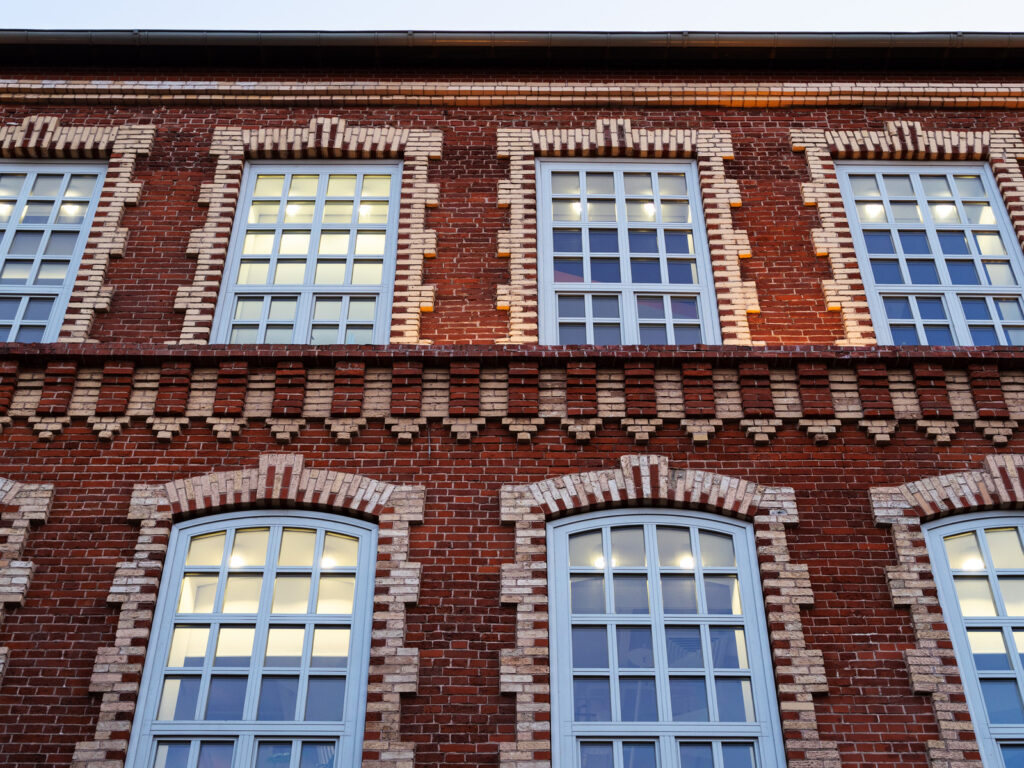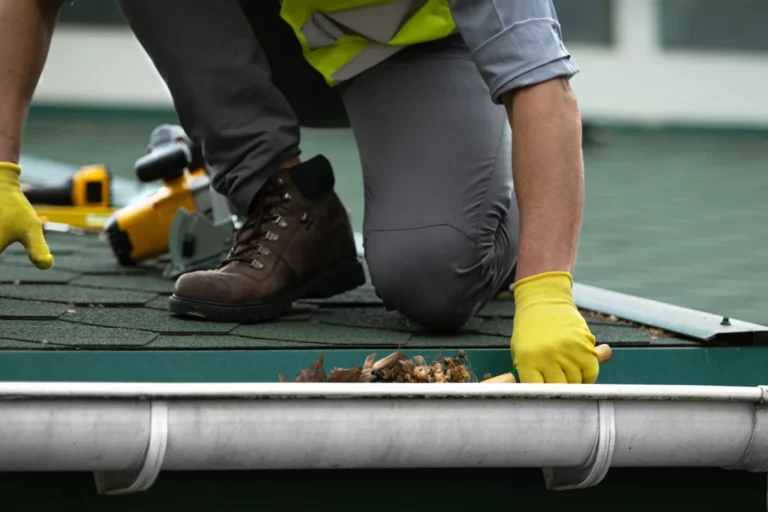Do you have a dream of restoring a historic building? If so, you are not alone! Restoring buildings that are old and historical can be a rewarding experience that brings life back to places that have been forgotten and overlooked.
Not only does it give us pride and satisfaction from the transformation, but there is also great potential for benefits such as increased property value and improved community engagement. In this blog post, I’ll share ten reasons why you should consider undertaking the historic building restoration – from bringing back legacies to improving architectural diversity!
You’ll learn about the financial gains, cultural benefits, and environmental advantages of investing in a Heritage Designation building. So come along on this journey and see how reviving an aging structure might be one of your most inspired decisions yet!
Reasons to Restore an Old Building
Many reasons exist to take on old building restoration, including historic preservation and economic gain. Here are 10 of the top benefits of restoring an old building:
Historic Preservation
Restoring the historical buildings helps preserve their original features, character, and history. It also helps to protect the building from further deterioration due to age or exposure to extreme weather conditions. The restoration of old buildings can help keep the area’s culture alive for generations to come.
Increased Value
Restoring the old historical and heritage buildings will significantly increase their value as they can become a more attractive option for potential buyers or renters than an unattractive structure in disrepair. This can create more profit for those who take on this project and benefit local communities through increased property values and taxes.
Improved Curb Appeal
Often, older buildings have been neglected over time, leading to a decline in their outward appearance compared to newer structures around them. Restoring these existing buildings can give them back some of their former glory while positively improving their surroundings’ aesthetics.

Environmental Benefits
Restoring old buildings instead of constructing new ones presents several environmental benefits. For starters, it saves tremendous energy – much less energy is needed to repair an existing structure than to build an entirely brand-new one. By reducing the amount of energy used, you are reducing your carbon footprint and helping to reestablish some of the classic architecture that has defined our great city of Vancouver for generations.
Additionally, older buildings sometimes feature higher-quality construction than modern homes and businesses – think of it as a form of sustainability through craftsmanship that offers better insulation while also making structures inherently more resistant to extreme weather conditions like large storms or high winds. So when considering the options for your next project, be sure to explore the numerous environmental benefits of restoring old buildings.
Architectural importance
Old buildings can truly enchant us with their extraordinary architecture and designs. From the grandeur of a gothic tower to the uniquely designed features like exposed beams or uneven ceilings, these buildings can’t help but capture our attention. These old buildings are aesthetically appealing and give us an idea of the different eras that have come before us.
Examples of Quality Construction
Restoration of old buildings can have several benefits over constructing new ones. During pre-World War II, builders used better quality materials and construction techniques to build lasting structures that remain strong today. Not only do these older buildings tend to be sturdier than many modern ones, but they are often a much safer choice.
Restored historic buildings also add something special – an aesthetic charm that is hard to replicate with more modern builds. Ultimately, by renovating an old building faithfully to its original beauty, you can create a strong, sustainable, and aesthetically pleasing structure that will stand the test of time!
Job Creation & Economic Stimulus
Renovating old building structures can be an incredibly beneficial endeavor for the local economy and job market and individuals looking to leave a lasting legacy in their community. These projects provide countless employment opportunities across multiple sectors, from architecture design and planning teams responsible for creating designs to the general contractors overseeing daily operations to crew members tasked with manual labor.
When finished, these constructions can directly benefit the local area through increased commerce and indirectly benefit parties involved via economic gains and government tax breaks. For all these reasons, renovating old building structures can prove tremendously profitable for everyone involved.
Increased Social Benefit/Impact
Restoration projects come with many rewards, both tangible and intangible. On the surface, they renovate areas within Greater Vancouver, often turning decrepit neighborhoods into vibrant cultural hubs that attract tourists and locals alike.
However, more than just physical aesthetics are improved through restoration; they provide invaluable social benefits by reducing waste pollution caused by industry machines and positively reinforcing community morale.
Uniqueness & Versatility
Restoring an old building can greatly express your unique style, add character and charm to your home or office, and even increase its value. These days, versatility is key when constructing or refurbishing a building – so having the freedom to design a space derived from the contrast between older elements and contemporary touches can be incredibly satisfying.
Typically, restoring an older building also has the added benefit of celebrating the history that preceded you while reducing the environmental impact of new construction material. Plus, when you know your decisions are helping preserve a historic building for future generations, there’s great satisfaction in knowing you’ve saved something unique from being lost forever!
Cost Savings
Taking an existing structure to restore instead of constructing something from scratch is always a cost-effective solution for both the developer and the investor. It can lead to considerable savings, but it could also offer small gains to individual developers in terms of lower overhead expenses.
Instead of constructing a new building, the rental costs of office equipment and materials are eliminated. At the same time, project management teams will ensure that their deliveries are completed within the expected time frames. This way, products can be brought to market faster and much cheaper than traditional methods, depending on the specific context. Ultimately, restoring an existing building can offer many worthwhile benefits.
Conclusion
Suppose you’re considering taking on a restoration project; congrats! You’re in for a fantastic journey. Not only will you save a beautiful piece of history, but you’ll also get to create something new and wonderful that will last for generations. Of course, it’s not all fun and games – some hard work is involved. But we think it’s worth it, and we hope our ten reasons have convinced you too. Now all that’s left to do is roll up your sleeves and get started! If you notice any needed masonry repair, contact Prime Chimney Repair so we can help restore it to its former glory.
Frequently Asked Questions
A significant advantage of restoring old buildings is the potential to support local economies. Not only will it bring character and value to an area, but it can also bolster a city’s tourism industry by highlighting its historical significance.
In some cases, public money can be spent wisely to improve the quality of life for its citizens by physically rebuilding monuments and other cherished pieces of architecture that evoke nostalgia. Rebuilding structures in a way that blends modern technology with age-old aesthetics will also help revitalize communities and invigorate what has once forgotten places in cities.
Sometimes there is a debate about whether to keep old buildings or replace them with new modern ones. Though both have pros and cons, preserving an old building holds greater importance. It helps us understand our history, and these structures attract tourists who visit the grandeur of these architectural marvels.
Moreover, preserving these constructions adds to the charm of the city’s landscapes. Despite all these reasons, safety should be addressed when deciding which structure should stay or go.
Although it might be challenging to renovate old buildings, there are many reasons to make an effort. Old buildings often have the unique character and personality that newer buildings lack. They have aesthetic and cultural history and rare architectural details, which stand out in the crowd because they were carefully crafted with higher quality materials such as the type of wood, masonry, and other timeless materials.
Furthermore, restoring an old building can reclaim some of our cultural heritage and serve as a tangible reminder of the past. The craftsmanship that went into creating these unique works of art is worth preserving for future generations.
Restoration of buildings can be costly, but it is an investment that pays off in the long run. They are usually built with thicker walls, allowing them to withstand extreme weather conditions for centuries. The materials used to build older buildings, like granite stones and clay bricks, are highly durable and more resistant to wear and tear than modern alternatives.




